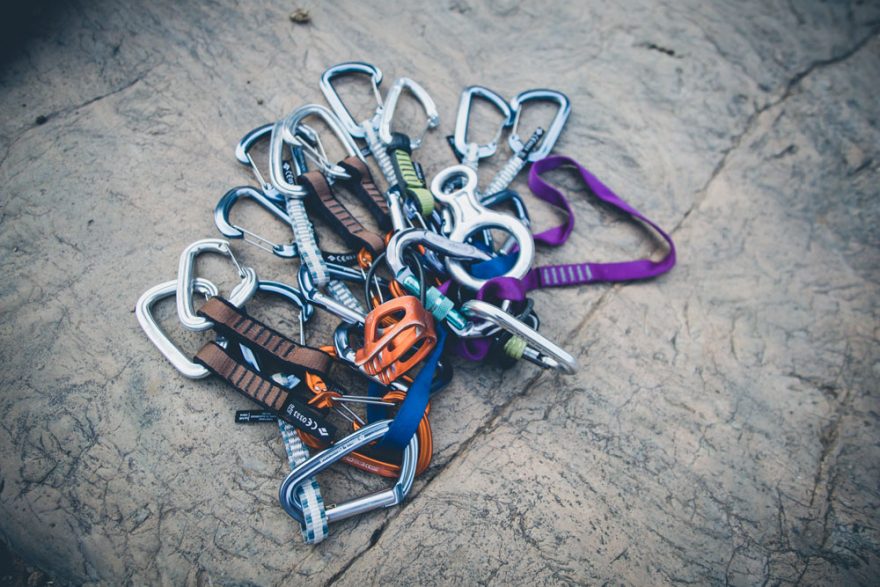
Due to the increasing popularity of climbing, we’re now seeing more and more people take up the sport. With that, though, we’re also seeing an increasing number of injuries for a variety of issues.
Climbing involves many repetitive movements and the training for the sport can be incredibly taxing on the body. Not only is the sport hard on the body, but it can be dangerous too, with many injuries coming from accidents.
It’s not uncommon for a climber to have a love/hate relationship with the sport; enjoying it and doing well for half the year, then plagued with injuries for the rest of the season.
This doesn’t have to be the case for you, so long as you take care of yourself. By performing some simple exercises and routines throughout the day and before exercise, you can avoid the monthly trips to see your physiotherapist. As with anything, prevention is always a better idea than treatment.
Warming Up Properly
It’s no secret, performing warm ups is one of the easiest and most effective ways to prevent injuries. The key here is not to just swing your arms about pointlessly or stretch for half an hour.
You should aim to engage and activate the major (and minor) muscle groups you’ll be using when climbing. It’s important to make sure that you’re performing dynamic movements before climbing, rather than long static stretches.
Here’s an example dynamic warm up for climbers:
Why Perform Dynamic Stretching?
Although static stretching has long been advised as a way to warm up before exercise, modern research shows that it can actually hinder performance.
Stretching your muscles actually sends them into a relaxed state; not ideal for physical exertion!
In the above video, you can see the dynamic warm up is broken down into four phase:
- On the Wall: the idea here is to get the body mirroring the moves you’ll be performing while climbing.
- Rotation: rotational movements are key in climbing, therefore it is important to warm up properly for this. You need to send your body the signals that it is just about to get used in this way.
- Arms: of course, the arms are constantly being used in climbing. The movements here also help to activate your back.
- Wrist and fingers: although the smallest muscle group used in climbing, this section warms up the tendons and and muscles used for grip strength.
 Your Privacy Choices
Your Privacy Choices
 The
The